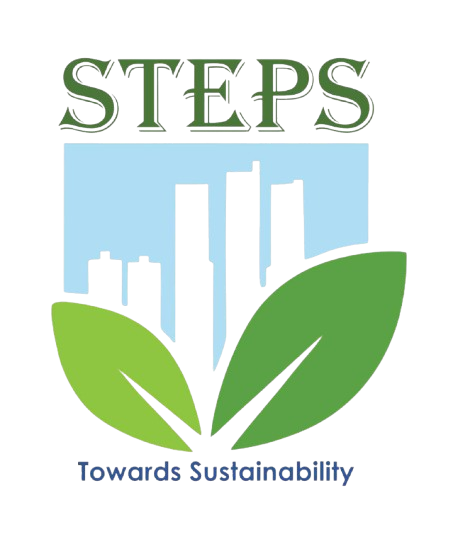Biodiversity Conservation &
Natural Resource Management
Biodiversity & Resource Management
Balancing Development with Ecological Integrity
At STEPS (PVT.) LTD., we help clients protect ecosystems and manage natural resources responsibly. Our services focus on conserving biodiversity, restoring degraded landscapes, and ensuring that project development coexists with environmental stewardship — across forests, wetlands, rivers, and rangelands.
Science-Driven Solutions for a Thriving Planet
From habitat assessments and wildlife monitoring to reforestation and watershed planning, our experts bring deep ecological knowledge to support sustainable land use and conservation strategies, aligned with national and global biodiversity goals.
Our Core Environmental and Social Services Include:
Biodiversity Assessments & Habitat Surveys
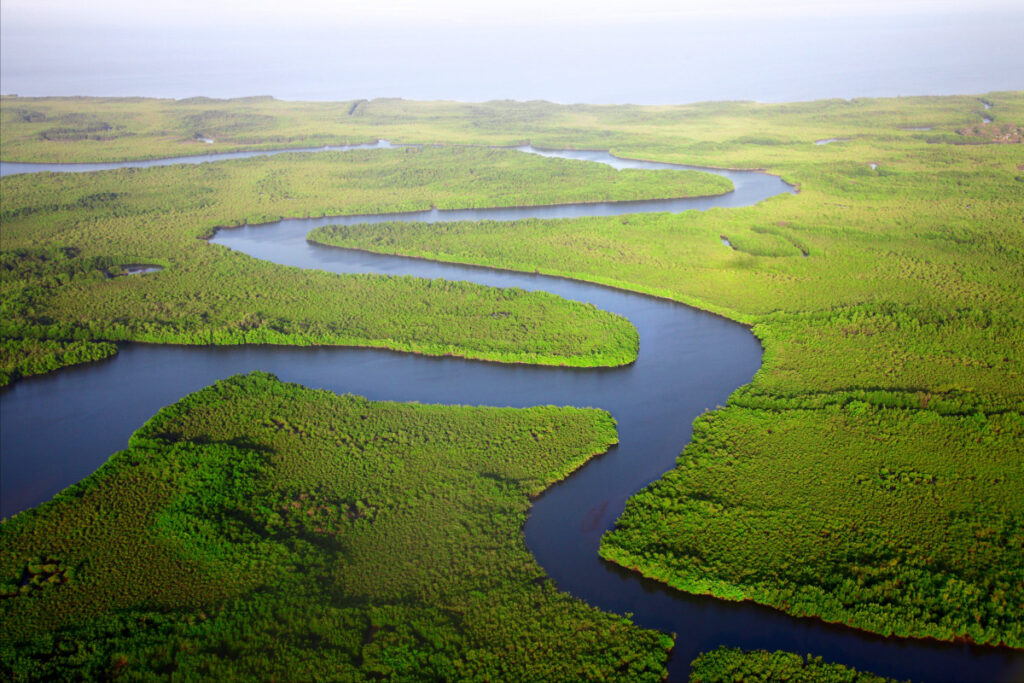
We conduct detailed field surveys to identify species, map habitats, and understand ecological sensitivities. These studies guide development away from critical zones and support biodiversity action plans.
Ecological Impact Studies

We evaluate how projects may affect ecosystems, wildlife corridors, and natural resources. Our reports help shape mitigation plans, set biodiversity baselines, and comply with environmental guidelines.
Reforestation & Afforestation Planning
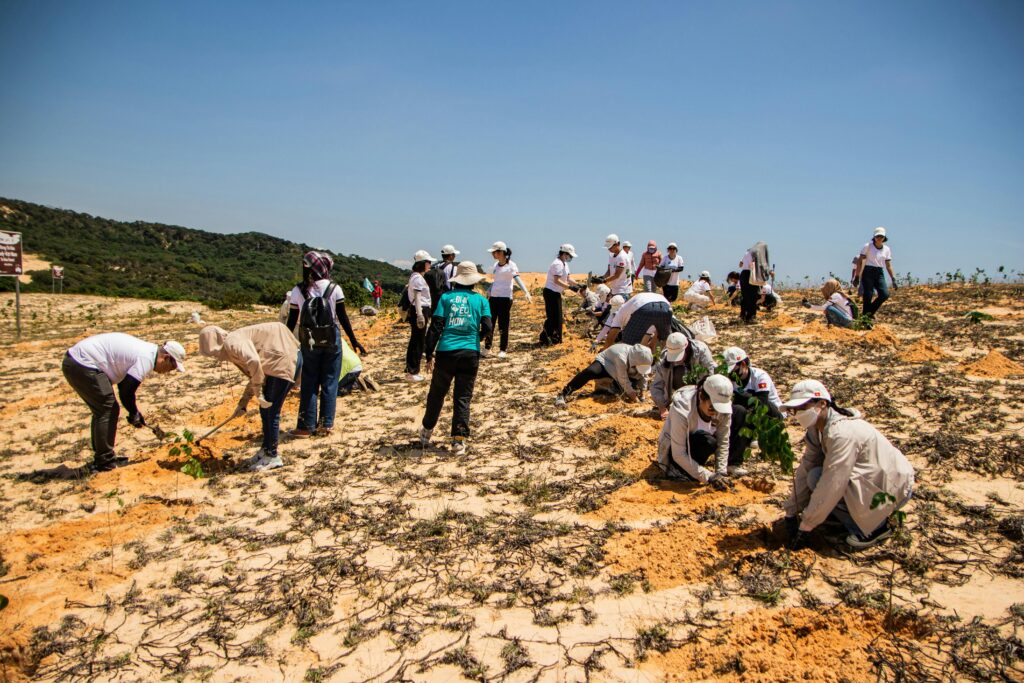
STEPS designs forest restoration projects including native tree planting, degraded land rehabilitation, and green buffer zone creation — often in support of climate and offset strategies.
Watershed & Rangeland Management
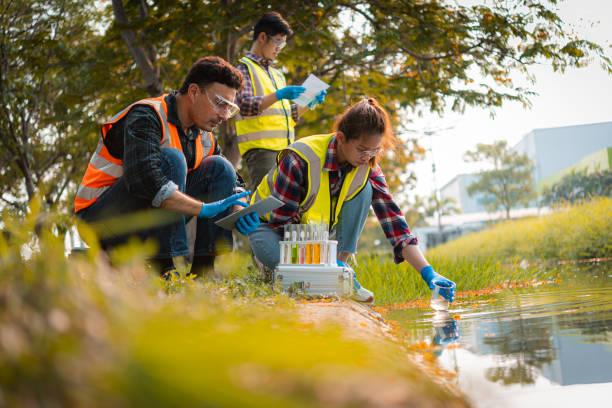
We assess watershed health, grazing impacts, and erosion issues to develop sustainable land and water resource plans — especially in rural, semi-arid, or mountainous regions.
Wildlife Rescue & Conservation Planning

When development affects sensitive habitats, we help plan for species protection, relocation, or on-site conservation measures in line with legal and ecological standards.
Aquatic & Terrestrial Ecology Monitoring
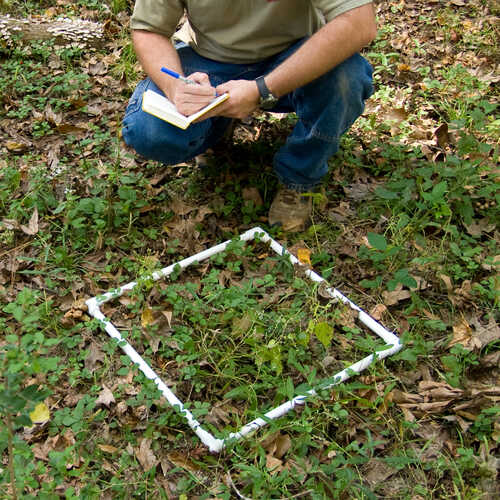
We provide long-term monitoring of species health, water/soil quality, and ecological trends across project sites to ensure mitigation measures are effective and adaptive.

